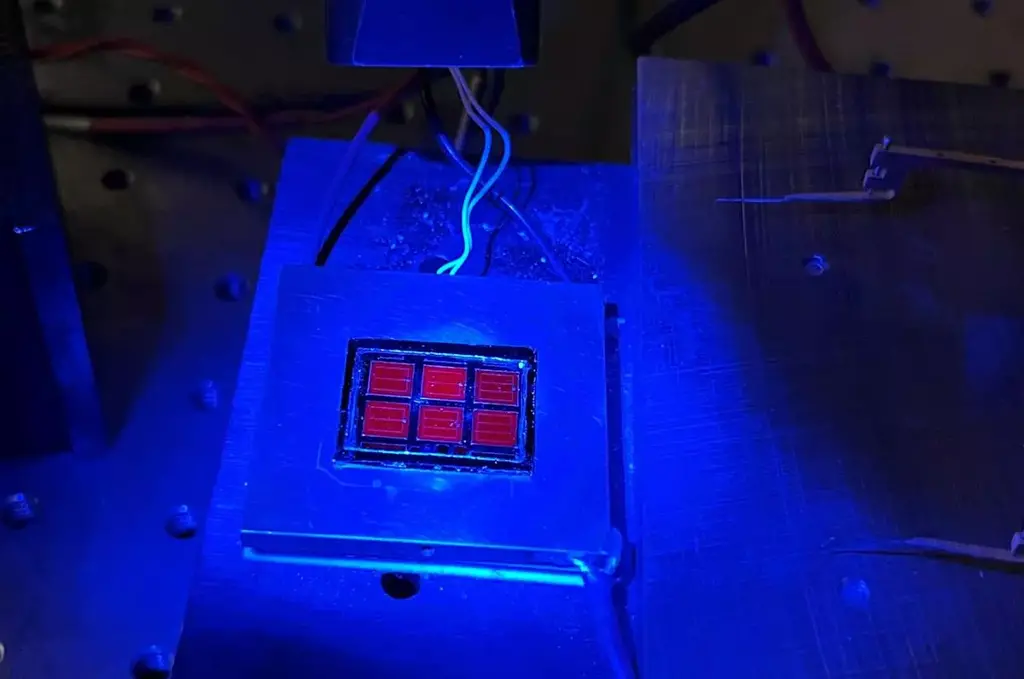The latest scientific research achievements of the research team of the National Renewable Energy Laboratory (NREL) broke the world record of solar cell efficiency. The new device has reached nearly 40%, with a record of the highest efficiency of any type of solar cell under real-world conditions.

Under the illumination of ordinary sun, the photoelectric conversion efficiency of the solar cell reaches 39.5%. This is a very important difference. Other experimental solar cells are as efficient as 47%, but that is in highly concentrated light. Measuring their efficiency in the light of "one sun" can better show how they perform in the real world.
The new solar cells exceeded the team's own record of 39.2% in 2020. In contrast, the efficiency of commonly used silicon solar cells and emerging peroxide solar cells is about 25%, while the series solar cells combined with the two materials are close to 30%.
NREL's solar cell has also been tested for its performance in space if it is used to power satellites and other spacecraft. Under these conditions, it achieves a considerable efficiency of 34.2%.
The new solar cell is based on a cell structure called IMM (inverted metamorphic multi junction) and contains three "junctions", namely components that generate current to light. Each of these junctions is made of a different material -- in this case, gallium indium phosphide above, gallium arsenide in the middle, and gallium indium arsenide below. These three materials specialize in light of different wavelengths, so that the solar cell as a whole can obtain more energy from the whole spectrum.
Another important reason for creating new records is to build an intermediate layer with "quantum wells". Essentially, by sandwiching a conductive layer between two other materials with a wider gap, electrons are limited to two dimensions, which enables the material to capture more light. The middle layer of this solar cell contains up to 300 quantum wells, raising the overall efficiency to a new level.
This breakthrough may be important for solar cell technology, but the team said that manufacturing this type of battery is still quite expensive. Further work will be needed to reduce these costs and open up new applications.